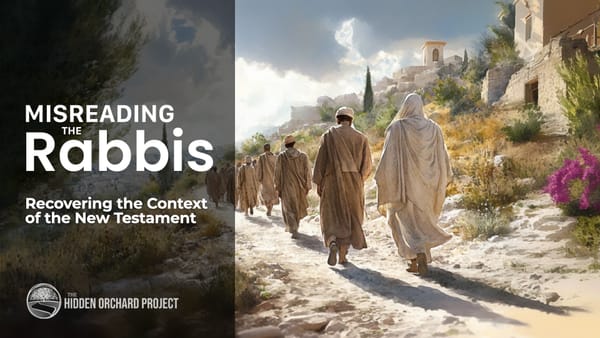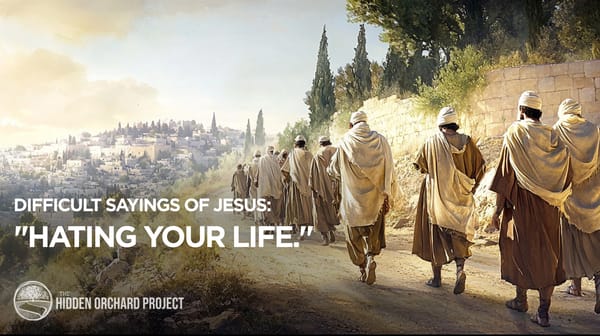Do Not Let Your Left Hand Know What Your Right Hand is Doing
In Jewish thought, the right-hand holds a special place in customs, rituals, and observances. This pattern is reflected in everyday activities from hand-washing, tying shoes, touching a Mezuzah, wrapping Tefillin and more.

There is a well-known teaching in the Sermon on the Mount, that goes like this:
when you give, do not let your left hand know what your right hand is doing so that your charity may be given in secret.
- Matthew 6:3-4
We could draw several lessons from this passage, but, we'll try to understand the reference to the Left and Right within the tradition. Incidentally, it seems Jesus makes an early connection to the concept of the the Evil inclination (Yetzer Hara).
Right vs Left
Throughout the Gospels, Jesus makes several references to 'right' and 'left' that may appear arbitrary - however, there is more behind these words.
In some Eastern societies, the right hand is considered the clean hand, more appropriate for tasks like eating, greeting others, or giving/receiving items.
The general rule is that mundane activities should be carried out with the left hand, reserving the right hand for more elevated activities.
This preference is reflected in Jewish tradition, particularly through everyday activities such as; the order of hand-washing - how we wash the right hand first, tying shoes, touching a Mezuzah¹, wrapping Tefillin² (phylacteries), and more.
In the Talmud³ we learn one should use the left hand when using the bathroom, and here is one reason:
Rava says, "Because the Torah was given
with the right hand"
This tradition seems to call for a degree of awareness in our actions, particularly regarding the customs for physical cleanliness, but there is more.
This deeper dimension is hinted at through the verses that reference the right hand of G_D and its connection to loving-kindness, favor, and redemption.
This, too, is reflected in the Temple services regarding the guilt offering where blood was placed on the right thumb, the right ear, and the big toe of the right foot of the Kohen (priest)⁵.
Wisdom and Holiness
In Ecclesiastes, we learn that the right side also represents wisdom and righteousness.
"The mind of a wise person is at his right side, and the mind of a fool is at his left." - Ecclesiastes 10:2
Accordingly, the left side is often associated with the mundane and sometimes foolishness.
This can be seen at the end of the Book of Jonah⁶ where we learn the children of Nineveh had not yet learned their right from left. This is an ancient euphemism for [knowing the difference between] good and evil, respectively.
The Malbim⁷, (Rabbinic commentator) contextualizes this passage to mean, they had not yet learned the difference between Idolatry (left hand) and a proper understanding of G_D (right hand).
Yetzer Hara - Evil Inclination
Thus, we see the left side is connected to Gevurah (Judgement), representing the concepts of restriction, discipline, and boundaries.




